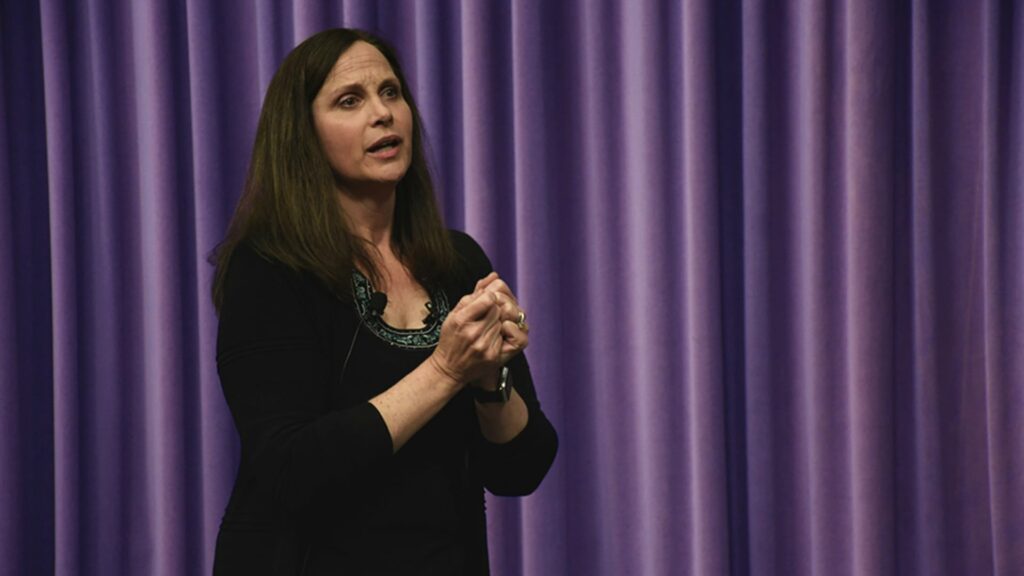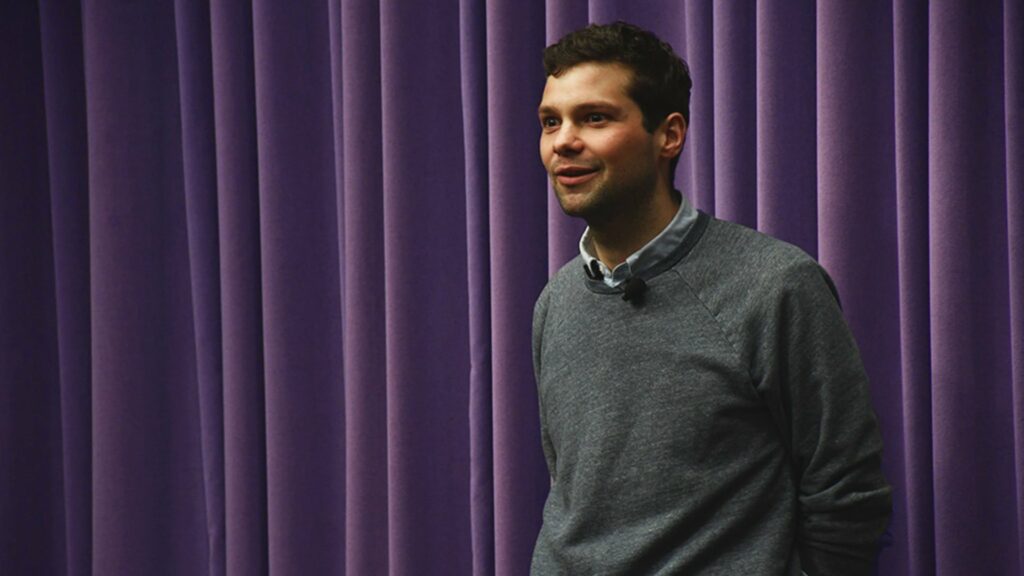
The arrival of a new year gives us a chance to think about what we want to accomplish in the months ahead. But where to start? When a student at a recent Entrepreneurial Thought Leaders (ETL) seminar asked this very question — “When is the right time to start a company?” — it sounded so basic and blunt that it made the guest speaker chuckle at first.
But the speaker then paused, collected himself and responded, “It’s a good question, and I’ll give it a serious answer.” Serial entrepreneur Steve Teig, co-founder of venture-backed semiconductor firm Tabula (and co-founder of two successful biotech companies before that) came to Stanford to talk about embracing the mysteries of entrepreneurship.
Teig, the holder of more than 260 patents, also urged students to identify opportunities by taking action, rather than be paralyzed by indecision. And here was his rather decisive answer to the student’s simple question:
In her February 2012 ETL talk, Sukhinder Singh Cassidy, founder and chair of Joyus — the Web’s first video-shopping platform — also put it simply: The act of getting started is “taking the first step.” To her, that involves telling someone and getting that person to take that first step with you, whether it’s sketching out a logo or just sitting down and to brainstorm some ideas.
“The simple act of involving someone else in something that’s inside your head is the point at which you start being an entrepreneur,” Cassidy said. “And what is such a mysterious art will become known to you very quickly.”
And if you’re afraid to start because you haven’t yet perfected every single detail in your head, Warren Packard, who spoke at ETL the week before Cassidy, believes that shouldn’t stop you. In fact, he says, “Imperfection is a great tool to have.”
Packard, CEO of the sports-programming app Thuuz, likened it to the classroom concept of getting partial credit for solving part of a test question — even if you didn’t get it 100 percent right.
“The god of partial credit works for you in spades as an entrepreneur,” Packard said. “And you have to use that as a tool to get out, get your product launched, get customer feedback, learn from your mistakes, pivot and do it again.”
With that, we hope you launch into 2014 by taking that first step.







